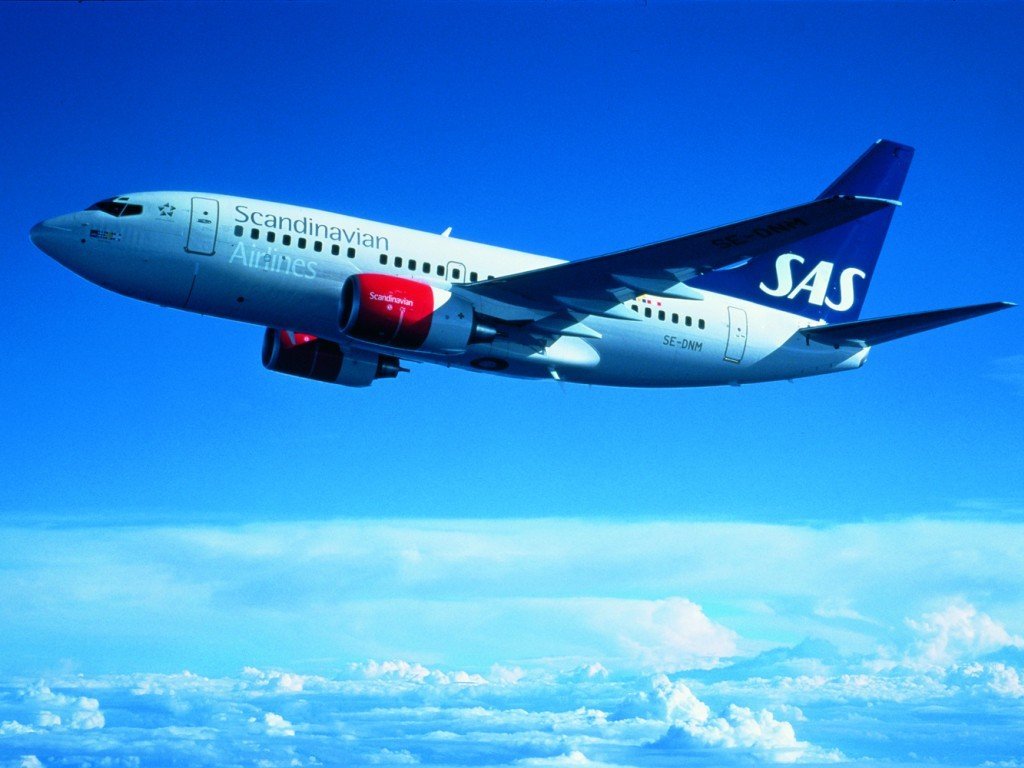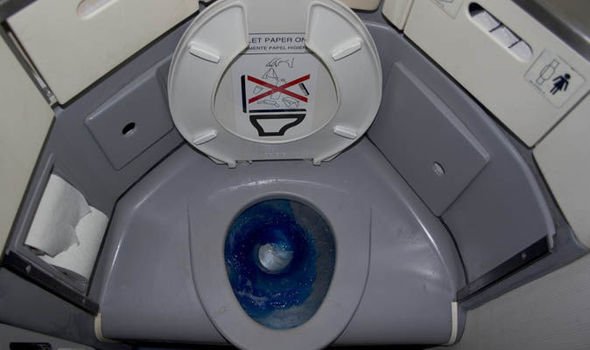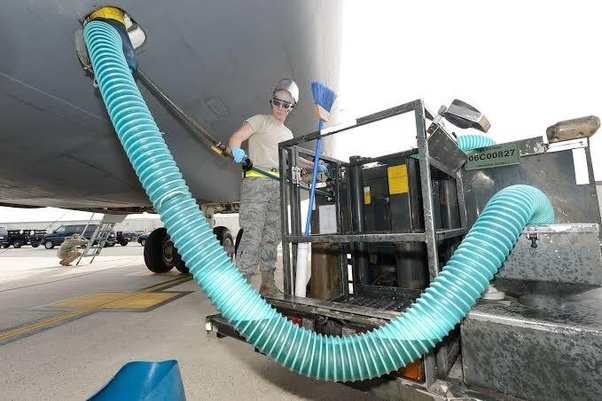Have you ever wondered where the toilet waste goes to in a plane after defecating? Obviously, it's not dropping out of the plane as I use to reason when I was much younger. So then how does this whole thing work?
 Image from [eskipaper.com/aeroplane]
Image from [eskipaper.com/aeroplane]
Sitting up in about 37,000 feet high in what is essentially a metal tube. One must wonder what happens to the feces of all the hundreds of passengers lifted every now and then. What do they do with it?
There's an effective system put in place for disposing of all waste products.
For more than 30 years, airplanes has been built with a vacuum toilet which saves the airplane unnecessary drastic extra weight of water as very little amount of liquid is needed and often a very small amount of blue sanitizing liquid pushes inside the bowl after a flush.
In 1975, James Kemper invented the vacuum toilet we use today in our aeroplane plumbing. Before then, airplanes use what is called "Anotec" (Anotec is that blue deodorized liquid you usually see in the bottom of portable toilets). The problem with this was that it causes skin irritations if some splash occurs, secondly, the plane had to carry less passengers in other to accommodate the hundreds of liters of Anotec, therefore, causing the aeroplane to be heavier on fuel. Another set-back, was that sometimes this blue liquid would leak out of the septic tank and form frozen balls of blue feces on the exterior of the aircraft. Thus, as the airplane drops altitude, these balls start to defrost and drops down to the land below.
 Image from [express.co. uk/travel]
Image from [express.co. uk/travel]
Here's How It Works
In most of our residential homes, what is used is the toilet referred as gravity toilet because they rely on gravity to work. When you flush the gravity toilet the water is pulled down into the sewer system pipe and it's refiled with clean water for the next flush.
But the case is different in an aeroplane, the same gravity system used at home does not work, because water will be dissipating out the plane toilet bowl every time a little turbulence occurred.
Hence, instead of using the passive siphon system regular toilets, aeroplanes use what is known as vacuum systems.
When you press the flush button, a valve underneath the bowl opens, exposing the waste to a pneumatic vacuum. Then the vacuum sucks the waste into the plane's sewer, (septic tank) which is a 200 gallon - holding tank of excrement under the plane.
In addition to this process is a non-stick coating sort of Teflon, used to assist in pulling the waste down the tank.
Then the waste is left in the tank for the duration of the flight, there after, vacuumed out on the ground and sanitized by the waste crew in charge.
How Do They Ensure Pilots Don't Accidentally Drop The Waste In Mid-air?
To ensure that such doesn't happen, there is a latch on the exterior of the tank under, that is opened only from the outside and always properly checked to ensure its tightly closed before take - off.
 Image from [www.quora.com]
Image from [www.quora.com]
So, there you have it. When next you're on a plane and pop to the loo, you know exactly what's happening.
Thank you for taking the time to read this post
I am George Ani
@georgeani

Hahaha i used to wonder abou this alot when i was younger
Downvoting a post can decrease pending rewards and make it less visible. Common reasons:
Submit
Almost everyone did
Downvoting a post can decrease pending rewards and make it less visible. Common reasons:
Submit